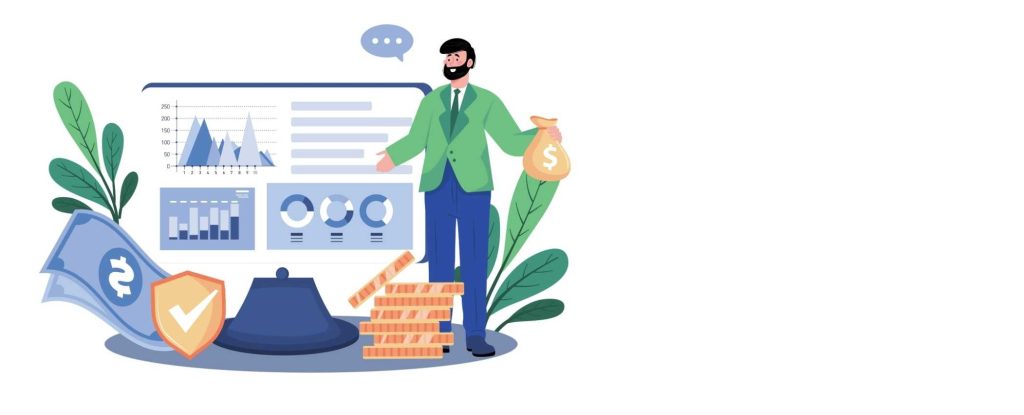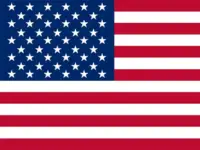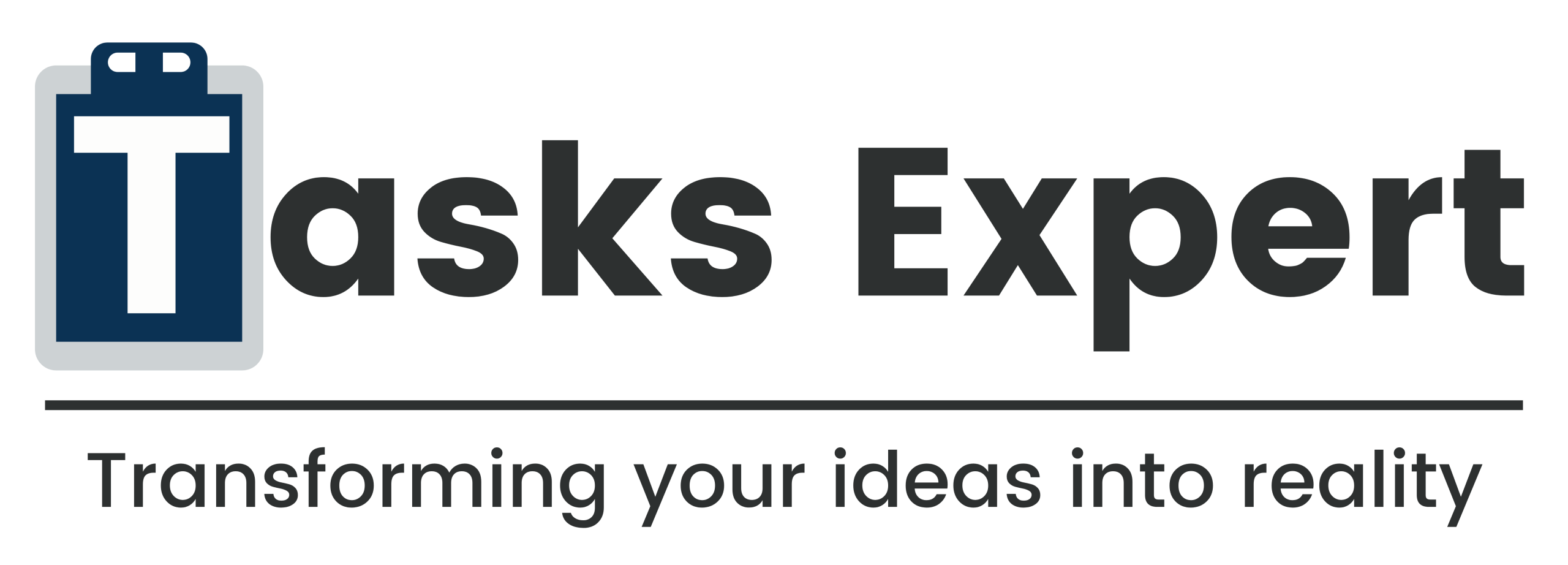Introduction
Remote work has changed everything in terms of how creative teams operate. Flexibility is awesome, but between files living on all our drives, tools that aren’t synced with each other, and a team that sits in a few different time zones, things can get pretty messy quickly. That’s where Creative Asset Management is more than just useful—it’s a necessity.
From this new reality, we’ll address how marketing, design, and brand teams who are now in transition to remote work can juggle creative files in a way that is not only about finding them, but keeping everyone working off the same version, staying on-brand, and moving forward together. That means if you don’t have a single place to house, categorize, and update those assets, it’s far too easy to waste time or miss deadlines or publish dated content trying to find it in Google, hunt it down in Slack, or pull it out of old files.
And that’s where digital asset management tools step in. They are the ultimate single source of truth for remote teams: a central location for all brand files (version control, access permissions, approval flows, you name it), that fits in with their workflow, rather than asking them to change it.
In other words, creative asset management is ultimately what makes distributed teams productive, organized, and on the same page.
Why Remote Teams Tend to Fail Without a Centralized Asset Management Solution?
When they start working, everything goes smoothly at the beginning, but then it starts looking crazy, especially when it’s a remote creative team, since you may not even have the opportunity to sit and chat and plan with some of them. Teams juggle shared drives and email threads and Slack memos, and cloud folders, and even sometimes personal desktops to manage their creative files. There is nothing wrong with any of these small parts in isolation, but strung together, they make up a disconnected workflow.
When resources exist in multiple places, and no central repository organizes them, there will always be inaccuracies and confusion. Creative momentum slows down. Deadlines get pushed. And then the quality of the brand begins to drift.

Here’s what usually goes wrong:
1. Duplicate Files and Old Versions
Variations of the same logo, ad, or presentation are stashed in various locations. One member of the team uploads and names a file “final_v3,” another teammate makes a change and uploads a file named “final_v4,” and suddenly no one knows which is the right one. Version control can solve that problem; without it, you’re just waiting for something to go wrong (like sending old assets to clients or running the wrong visuals in an ad campaign).
2. Hours of Your Time Spent Looking for Asset
And when you don’t know where something is (or worse, who has the latest copy), you end up digging through folders or pinging your teammates and waiting for a response. These tiny dings accumulate and corrode creative time.
3. Designers Selecting the Wrong Brand Elements
With no centralized, officially sanctioned brand assets, designers rely on old files or past projects, outdated templates, or the wrong version of a logo. This creates a lack of uniformity that dilutes brand image and confuses viewers.
4. Stakeholders Struggling Over Diametric Versions
When multiple people work on the same project, it’s easy for teams to lose time by working on separate versions of a file, duplicating efforts, or making changes that clash with each other. This often leads to last-minute fixes that could have been prevented with better collaboration.
This is not just a minor workflow glitch, but a major productivity and branding headache. The risks vary, as the teams and companies do. With the right creative management system in place, remote teams don’t have to worry about having to organize everything because they’re spending more time organizing in a file system than they are creating.
Which is what makes centralized digital asset management so crucial. It is a platform that offers all your remote teams a workspace that is structured, accessible, and that also helps to keep assets in a clean format, and always up to date to ensure every team member is in sync, everyone is working together efficiently, and everyone focuses on the work that matters.
Creative Asset Management for Distributed Teams benefits
There comes a point where structured organization is not optional, when the group of people you work with is scattered everywhere, using different tools, in different time zones. CAM acts as a single point of truth, a central hub for your entire team, so they always have the files they need and don’t have to chase or constantly check things in and out steadily moving towards 100% paperless.

The following are three ways a dedicated CAM system makes a tangible difference for distributed creative teams:
1. Centralizing Access to Brand Assets
All your most important files: logos, social templates, product shots, videos, presentations, live in one place. Never ask, “Where’s that file? Or digging through outdated folders. Everyone knows right where to look.
2. Source Control and Autoupdates
CAM tools follow versions, so the team always designs with the most recent asset. Old files are archived, but are never lost.
3. User-Roles and Permissions personalization
You decide who gets to view, edit, or download each asset, whether it’s an in-house designer or an external firm. That may -and should- translate into better management of assets, reduced risk, and better collaboration.
4. Workflow for Streamlined Review and Approval
Like it or not, creative work is often caught in feedback loops. CAM systems enable teams to comment, annotate, approve, and finalize assets all within the platform. You don’t have to keep track of emails, PDFs, or side conversations.
5. Rapid Onboarding of New Team Members
And with an organized CAM system, new hires or freelancers won’t have to ask a dozen questions. They will be able to navigate in organized directories, follow naming conventions, and get going strong.
6. Works with Your Existing Products
Today’s digital asset management systems integrate with programs such as Adobe Creative Cloud, Google Workspace, Slack, and Asana, ensuring that all of the tools in your workflow are interconnected and efficient.
7. Higher Level of Consistency & Quality of your Brand
When everyone pulls from the same pool for assets, you remove the manufacturing variability. The result? An elegant, sophisticated corporate image across all channels and campaigns.
In other words, Creative Asset Management adds clarity to what would be a mess. When you’re a remote team, it’s not just about storing files; it’s about creating a system that scales with your team, protects your brand, protects your time, and helps you build a knowledge base so you’re not answering the same questions every single day.
What’s the difference between Digital Asset and IT Asset Management?
When organizations begin to discuss asset management, it is often simple to mingle two similar-sounding terms, which serve two distinct ends–Digital Asset Management (DAM) versus IT Asset Management (ITAM). While both are useful when it comes to business, understanding the difference will help you determine the right solution for the needs of your team.

Let’s break it down:
1. Digital Asset Management (DAM)
DAM systems are designed for marketing, design, and content teams. They are here to organize and manage all of your creative files, such as:
- Logos
- Photos and videos
- Design templates
- Slide decks
- Product visuals
- Campaign assets
Such systems are intended to ensure that visual content is easily searchable, versioned, approved, and reused. For remote creative teams, a DAM is a necessary tool because it means everyone in the office is still working with the right files, even when they’re outside of it.
Features such as tagging, an advanced search, preview tools, and integration with creative tools, such as Adobe Creative Cloud or Canva, are included in a great digital asset management system. It also increases velocity, brand consistency, and general campaign quality.
2. IT Asset Management (ITAM)
As for IT asset management, it encompasses hardware, software, and tech infrastructure. It focuses on tracking:
- Company laptops and mobile devices
- Software licenses and renewals
- Network hardware
- Security updates and configurations
- Inventory and compliance
ITAM is crucial to control costs, comply with regulations, and protect your digital realm. But that doesn’t help much when your design team is looking for the latest social media banner, or when you need to upload a presentation for review.
Why the Difference Matters
The marketing or branding team doesn’t want spreadsheets filled with IP addresses; they want quick, easy access to visual assets and media. That’s what underscores the importance of creative asset management.
And using ITAM software to govern creative content is akin to trying to edit a photo with an accounting app; it’s just not built for the job.
Other examples include retail inventory (your stores), mobile equipment (your rental equipment, for example), and leased fleet vehicles (I’m looking at you, oil industry). So, before you go and implement the asset tracking system, make sure you know what kind of assets you’re managing. When it comes to crafty brand work and content creatives, digital asset management is what keeps the collaboration strong and the remote team aligned.
Also Read: UX Audit Services for E-commerce
How to Establish Creative Asset Management for Your Remote Team
Aligning your remote team with Creative Asset Management doesn’t require an overnight flip of a switch. In reality, the best systems are assembled gradually, with transparency, buy-in, and usability as priorities.
Whether you’re just beginning to get a handle on your files or coming in from a string of manila folders, here’s how to introduce creative asset management in a way that sticks for your team:

1. Begin With a Basic Asset Audit
Before you start anything, inventory what you already have. Are files duplicated? Splayed across Dropbox, Google Drive, the desktop? List your assets, at least the core ones: logos, videos, slide decks, design templates, and the like, and decide which are still current. This, in and of itself, cuts down on digital clutter and boxes you to a clear starting point.
2. Establish Folder Structure and Naming Convention
Think from a team perspective. Organize folders based on campaign, type of content, client, or department, whatever works best for your process. Then decide on a file-naming convention, so you don’t get files like “finalfinalv3_UPDATED.” This clarity wards off confusion later.
3. Find the Best CAM Software
You may not need an enterprise system for every team. Seek out intuitive platforms, have a version history, permission settings, and that work with the creative tools your team already uses, such as Adobe, Canva, or Slack. Popular creative solutions are Brandfolder, Bynder, and Frontify.
4. Assign User Roles and Access Rights
To have things available to everyone isn’t necessary for everyone. Assign permissions per role, design, marketing, management, freelancers, so your files are secure and your collaboration stays neat. It’s a tension between access and control.
5. Train Your Team and Keep the System Alive
Lead the system with a quick walk-through or recorded demo. Teach them how to upload, tag, search, and maintain assets. Even more important, put someone (or a small group of someones) in charge of tending to it, culling out files past their sell-by date, updating tags, and keeping things organized.
The best creative asset management system simply doesn’t just organize your files; it streamlines your team’s daily grind. With some setup and regular use, your remote team has faster access, fewer delays, and a common space for creativity and productivity to flourish.
Conclusion
In a remote work setting, clarity and velocity are not nice but mandatory. And it is that which Creative Asset Management provides. When assets are spread out, approvals are sluggish and versions are confused, creative energy is sapped. But with a centralised system up and running, your team never has to waste their time hunting for assets or patching up preventable mistakes.
Now they can keep doing what they do best, creating, collaborating, and producing results.
A well-organized digital asset management system provides your remote team with a singular source of truth for every brand file. It provides structure without sliding into chaos. CAM makes it all smoother, whether you’re rolling out a new ad campaign, onboarding a freelance designer, or just trying to keep your designs consistent.
The change might seem minor at first, organizing your folders, naming files correctly, coordinating permissions, but the reward is giant. Better productivity. Stronger brand presence. Less chaos.
So if your remote team is growing, or you’re simply fed up with the chaos, now’s the time to treat asset management as a strategy, not an afterthought. Your creative flow depends on it.
About Us
Tasks Expert offers top-tier virtual assistant services from highly skilled professionals based in India. Our VAs handle a wide range of tasks, from part time personal assistant to specialized services like remote it support services, professional bookkeeping service etc. Furthermore, it helps businesses worldwide streamline operations and boost productivity.
Ready to elevate your business? Book a Call and let Tasks Expert take care of the rest.









